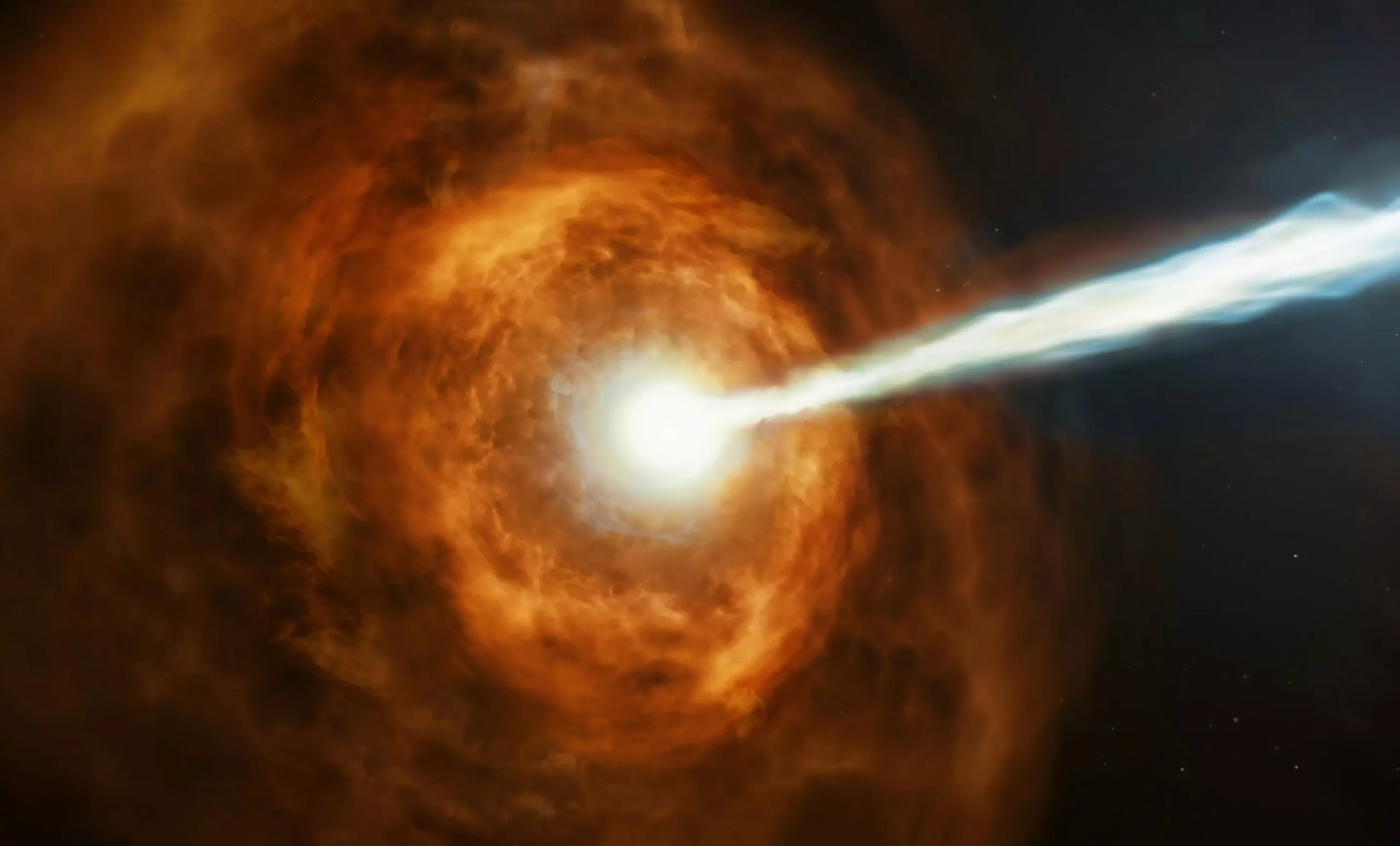Albert Einstein’s theory of relativity is one of the most revolutionary concepts in physics, shaping our understanding of the universe. The theory is based on two fundamental assumptions, or postulates, that have been the subject of intense scrutiny and testing by physicists over the years.
The first assumption is that the laws of physics look the same to everyone traveling in a straight line with no acceleration, known as Lorentz invariance. This concept, borrowed from Dutch physicist Hendrik Lorentz, introduced the idea of an “inertial frame of reference.” It posits that observers moving at different velocities in a vacuum will perceive the same physical laws, creating a universal standard for measuring motion.
The second assumption is that the speed of light is constant and will be measured as the same by anyone in an inertial reference frame. This means that regardless of one’s speed or direction of motion, light will always be observed traveling at the speed of “c,” or approximately 300,000 kilometers per second. This peculiar property of light has profound implications for our understanding of space and time.
Physicists have conducted numerous experiments to test Lorentz invariance, and so far, all results have upheld this fundamental principle. A recent study by a group from China examined the most powerful gamma ray burst ever observed and found that photons emitted simultaneously arrived at their telescope at the same time, confirming Lorentz invariance at extreme energies.
Interest in Lorentz invariance has grown in recent years due to its implications for quantum gravity theories. Some models predict that at high energies near the Planck scale, spacetime may exhibit quantum behavior, challenging our classical understanding of physics. By testing Lorentz invariance at such energy scales, researchers hope to uncover new insights into the underlying nature of the universe.
The research group from the Large High Altitude Air Shower Observatory (LHAASO) in China analyzed the afterglow of gamma-ray burst 221009A, which offered a unique opportunity to test Lorentz invariance. By measuring the time delays and energy-dependent arrival times of high-energy photons, the team found no statistically significant violations of Lorentz invariance, providing further support for Einstein’s theory of relativity.
Future Prospects
The researchers concluded that future observations of very high-energy emissions from gamma-ray bursts could enhance sensitivity to Lorentz invariance. By continuing to study these cosmic phenomena, scientists hope to push the limits of our current understanding of physics and uncover potential deviations from established theories.
Overall, Einstein’s theory of relativity continues to serve as a cornerstone of modern physics, providing a framework for interpreting the complexities of the universe. While ongoing research challenges and refines our understanding of relativity, the enduring legacy of Einstein’s work highlights the importance of critical inquiry and experimentation in advancing scientific knowledge.


Leave a Reply